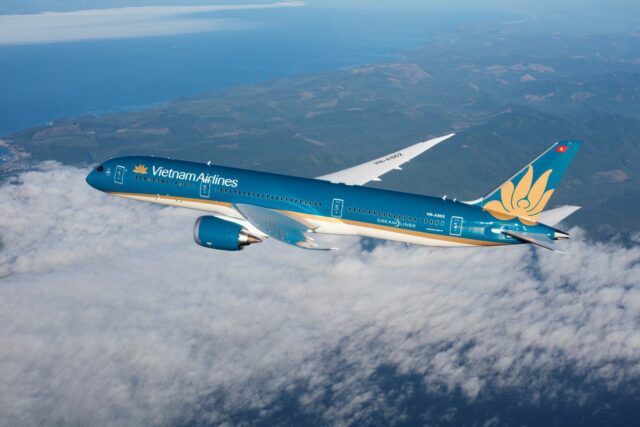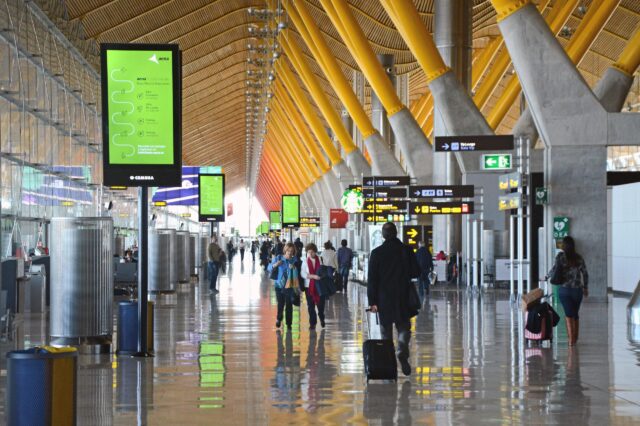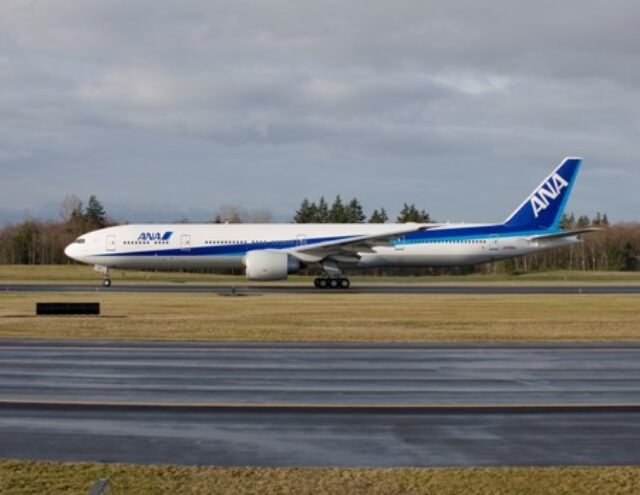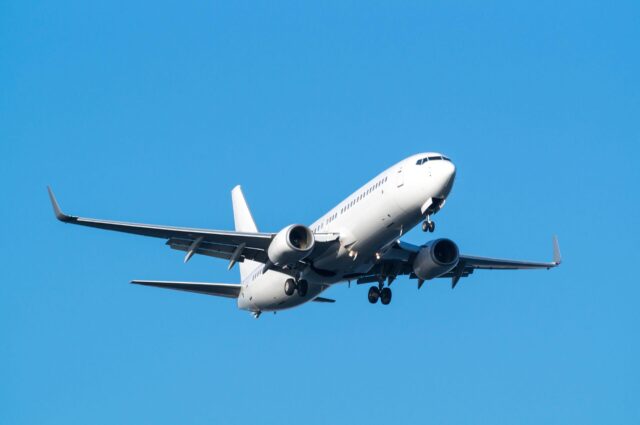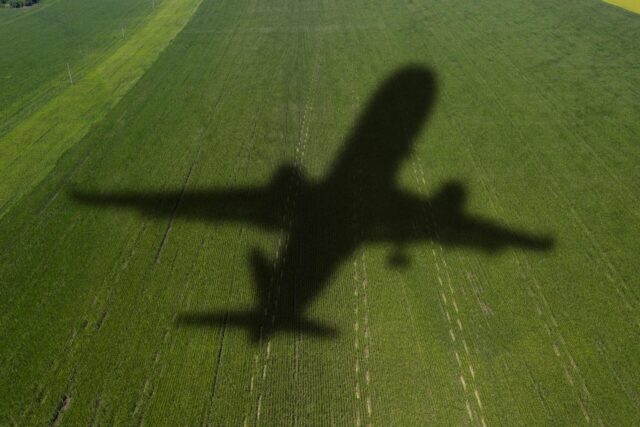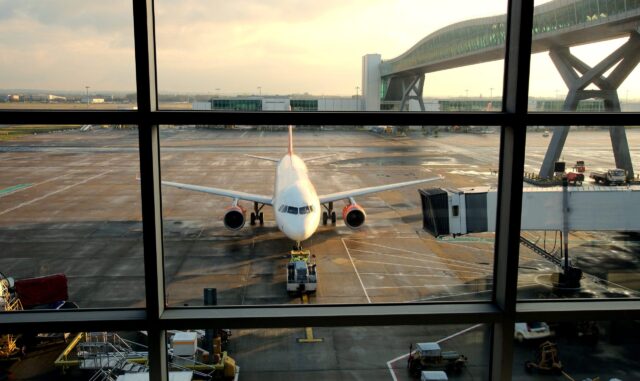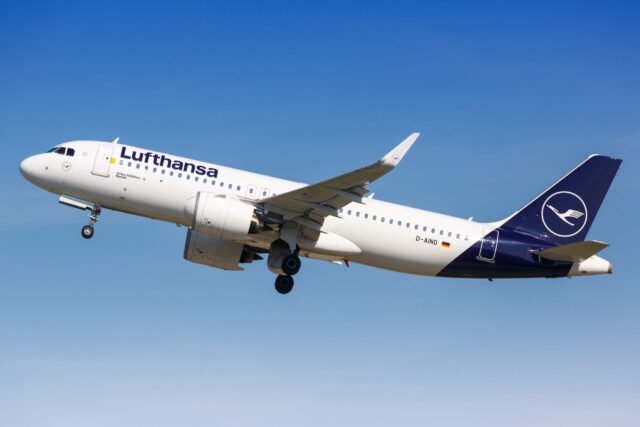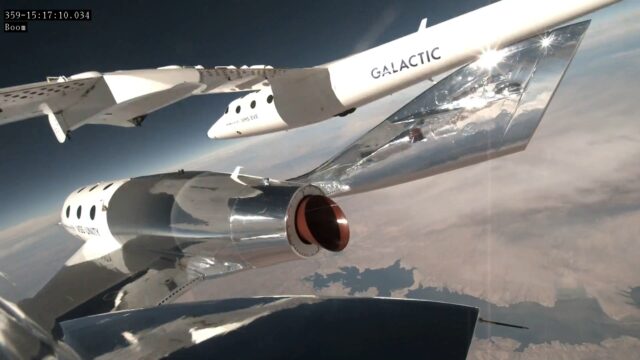RNZAF says goodbye to the Heritage Herk

The C-130H fleet clocked up more than 155,000 accident-free flying hours and nearly 100,000 landings during its service life, at home and around the world, and provided the RNZAF with strategic airlift (inter-theatre) and tactical airlift (intra-theatre) in support of combat, peace-keeping and humanitarian relief operations, while also participating in international training exercises. Missons flown included passenger and cargo movement (by airland or airdrop), aero-medical evacuation, support to Antarctica New Zealand and special operations. The aircraft routinely operated in the cold of Antarctica one week and in the heat of the tropics the next.

The Chief of the Air Staff, Air Vice-Marshal Darryn Webb, said that: “It’s an incredible record considering some of the challenging and often inhospitable operating environments. Beyond the vast accumulation of data lies mission purpose, and for many, life-changing assistance provided by those who support, maintain and operate our C-130H aircraft.”
Air Vice-Marshal Webb noted the Antarctic rescues carried out by the aircraft in minus 35 degree temperatures, the many disaster-response missions across the Indo-Pacific, and the short-notice evacuation tasks, such as Kabul in 2021, while operating in many combat zones.
“As the crews recount these missions throughout every corner of the globe, it is the unique tasks that often get talked about the most, such as the recovery of victims from Mt Erebus aircraft disaster in Antarctica or loading 120 people out of Banda Aceh after the 2004 Boxing Day Tsunami, where one survivor brought his pet monkey. There was air dropping a bulldozer to the remote Pitcairn Islands in the Pacific, moving crocodiles and an elephant to wildlife reserves, and my own personal experience of receiving a live and very unhappy pig as a gift from Bougainville Islanders.”
An initial order for three aircraft approved by the New Zealand Government on 17 June 1963.
The RNZAF received its first C-130H (NZ7001) on 24 March 1965. The first three Hercules (which were the first C-130H production models off the Lockheed production line) were all delivered to No.40 Squadron at RNZAF Base Auckland in 1965, and were quickly put to work transporting personnel from NZ Army 161 Battery and in delivering aid to Vietnam.
That same year, an RNZAF Hercules made its first flight to Antarctica with personnel and supplies.

The aircraft proved so valuable in providing strategic and tactical airlift capabilities that a further two aircraft were purchased, with an additional order for two aircraft being approved on 29 May 1967. This brought the fleet to five aircraft.
The RNZAF’s Hercules have since been to almost every corner of the world, delivering troops, cargo and humanitarian aid into conflict and disaster zones.

In the 1970s the Hercules was the first RNZAF aircraft to visit mainland China and the Soviet Union during the Cold War. The fleet also provided service in Pakistan, Cambodia and Bangladesh.
In the 1990s, two aircraft and supporting crews deployed to Saudi Arabia during the Gulf War and with United Nations and other peacekeeping support in Bosnia and Herzegovina, Somalia, Uganda, the Persian Gulf and Rwanda.
The aircraft also helped sustain more than 1000 New Zealand troops stationed in East Timor around the turn of the century.
In 2001 the aircraft deployed detachments of the 1st New Zealand Special Air Service Regiment to Afghanistan, which was the beginning of a 20-year NZDF deployment to the country, including troop rotations in and out of the Bamyan province.
Closer to home, the fleet has supported disaster response missions on an enduring basis, including the 2004 Boxing Day Tsunami, Cyclones Pam and Winston in the Pacific, the 2011 Christchurch earthquake and 2016 Kaikoura earthquake and more recently Cyclone Gabrielle.
The fleet has also transported personnel to Europe to further support Ukraine against the Russia invasion and assisted in the evacuation of refugees from Afghanistan.

Over the years, the aircraft have received a number of modifications and upgrades, with the most recent being a Life Extension Programme starting in 2005. That involved an extensive avionics upgrade, modernisation of the flight deck and a structural refurbishment, after which the aircraft were re-designated as the C-130H(NZ).
On 5 June 2020, the New Zealand Government announced that the ageing C-130H(NZ) fleet would be replaced by five new C-130J-30 Hercules, with deliveries planned to begin in 2024. The last of the new J-models was delivered in December, allowing the C-130H to take a well-earned retirement.
To mark the retirement, the fleet carried out flypasts over Northland and the central North Island, and on Monday, 3 February, and Tuesday, 4 February 2025, the RNZAF conducted farewell flights for the C-130H(NZ) Hercules. Three aircraft (NZ7001, NZ7002, and NZ7005) arrived in Invercargill (South Island) on 3 February. The next day, NZ7002 and NZ7005 departed for RNZAF Woodbourne, where they were welcomed with a traditional haka, a ceremonial Māori salute.
Four of the now-retired C-130H(NZ)s will be transferred to RNZAF Base Woodbourne as ground instructional airframes, with the remaining example due to be transferred to the Air Force Museum of New Zealand, at Wigram, near Christchurch, when delivery options have been finalised.
Our coverage of the arrival of the first C-130J-30 is at:
Lockheed Martin has delivered the first of five C-130Js to New Zealand

